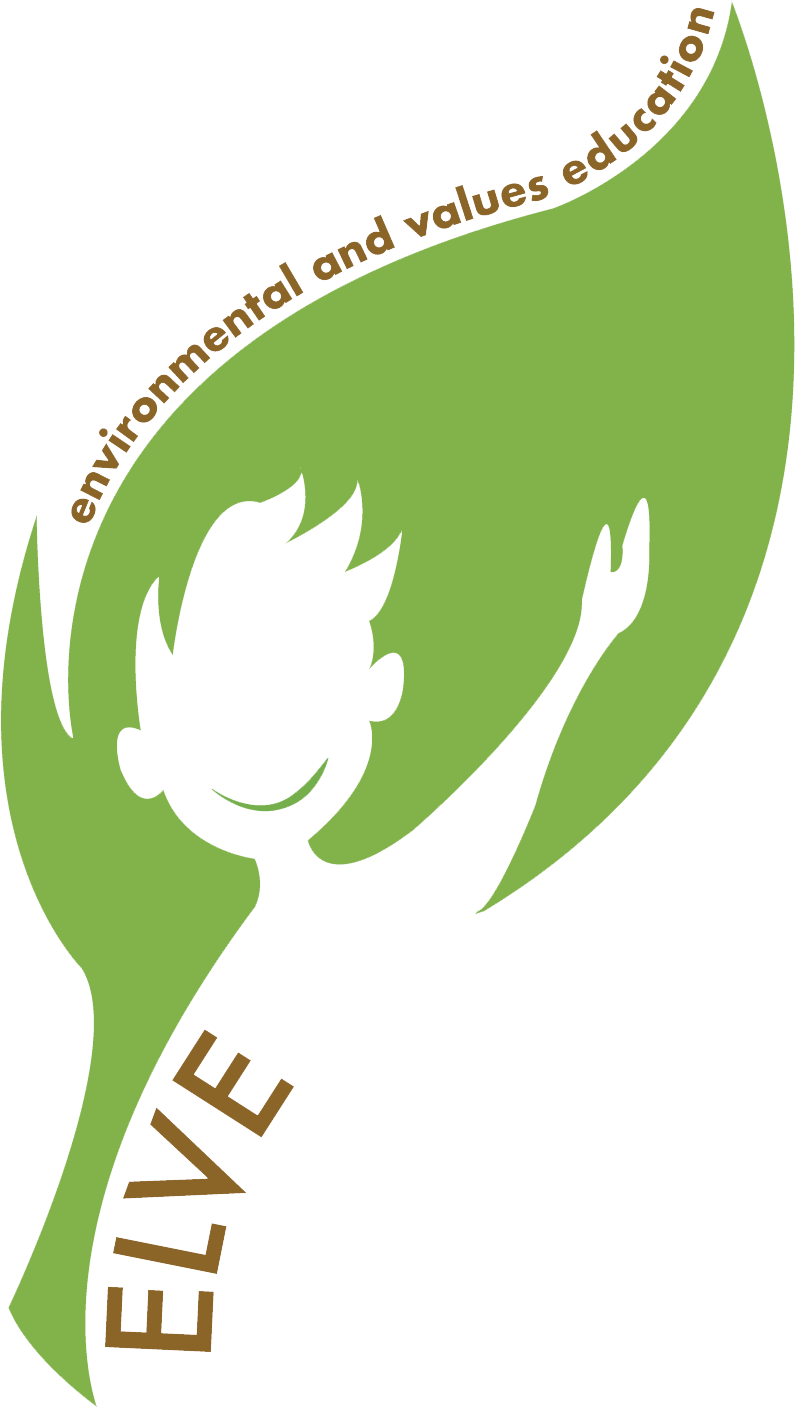All comes from nature
Age3-6
ValueEthical & Social
LocationIndoor
Recommended group size20+
Recommended time / Minutes90-120
| Topic | Health |
| Overview | Nearly half of all human pharmaceuticals now in use were originally derived from natural sources . Around 70 percent of all new drugs introduced in the United States in the past 25 years derived from natural products, reports a study published in the March 23rd issue of the Journal of Natural Products. The findings show that, despite increasingly sophisticated techniques to design medications in the lab, Mother Nature is still the best drug designer . Our health depends on the health of the planet earth. If we damage the environment, we also damage the resources that care for us, protect us from external conditions and cure our diseases. |
| Learning objectives | To develop feelings about the care of the plants in the children To be aware of the interdependent relationship between humans and plants To learn the importance and impact that nature has on the health of humans |
| Skills developed | Love for nature |
| Method | Observation, critical thinking, demonstration |
| Materials | Pictures of different medicinal or aromatic plants, wooden trees, a piece of wood, wood furniture, a piece of paper, cacao seeds, chocolate. Also pictures of cows, of products of their skin, milk and its products, such as butter, cheese, etc., pictures of a fox, and a fur coat, etc. If possible, children will be shown different types of medicinal plants that are easily found in a herbalist shop. |
| Guidelines | 1st PartThe facilitator will begin this part of the activity asking the children:Why must we take care of the plants?Later they will explain to the children the usefulness of the plants."The plants have a multitude of uses. Their seeds, fruits, leaves, stems and roots are essential foods ". (Pictures of medicinal and aromatic plants -or real plants- useful to people will be shown).Image: https://www.freepik.es/foto-gratis/frutas-verduras_889490.htm Image: https://www.freepik.es/foto-gratis/diferentes-hierbas-mesa-madera-blanca-vista-superior_8761300.htm"How many of the foods that we normally eat come from a plant? All fruits and vegetables are parts of some plant. Chocolate is obtained from the fruit of the cacao tree. The seeds of some plants serve to prepare oils. Other plants, called aromatic plants are used to give colour, flavour and aroma to the food. Pepper, oregano, thyme, saffron, cinnamon, mint and vanilla are some of the most common aromatic substances, also called spices. The seeds of cereals, like rice, wheat, etc. The wood of many trees serves to make furniture, decorations, paper and houses. Cotton is used in the manufacturing of clothes. The plants are also used to beautify our parks, gardens, and houses.Many plants provide medicine to us (see a list of the most common medicinal plants and their uses https://www.urmc.rochester.edu/encyclopedia/content.aspx?contenttypeid=1&contentid=1169) . They also give fossil fuels to us, like coal and petroleum, from which energy is obtained. There is also a RENEWABLE ENERGY. Renewable energies are sources of clean, inexhaustible and increasingly competitive energy. They differ from fossil fuels mainly in their diversity, abundance and potential for use anywhere on the planet, but, above all, they differ because they do not produce greenhouse gases – which cause climate change – nor polluting emissions.In addition, the plants give off oxygen into the atmosphere; therefore, they are the main oxygen factory that has allowed living beings to develop on Earth."2nd PartIt consists of the accomplishment of a simple experiment. In order to perform it, the facilitator explains:We are going to take two flower pots with plants. We will put one where there is enough sunlight and will water it daily. We will put the other in a wardrobe, without sunlight and we will not water it, to demonstrate how the plant they take care of stays alive. We must choose a leafy and strong little plant.In the days to come, we will be observing how the plant we take care of becomes very pretty and how the plant that we do not water and that gets no sunlight becomes yellowish and has withered leaves.Then, the facilitator will ask the children questions to know the conclusions they have arrived at with this simple experiment.How can plants help us? Why can plants get sick? What do plants need (water, light, temperature, soil, nutrients and space)? |
| TipsAdditional materialsHow to apply online?What to do at home? | To understand the usefulness of plants and animals for human life, parents can inform their children about where food, clothing, and other items they encounter in their daily lives come from.This activity is based on Socratic dialogue, so it can be done either in the classroom or at home (indoors), or in a natural environment (outdoors).You could also plan a visit to a Biological garden. In Spring and Summer Biological gardens generally offer great drop-in kids activities to explore plants, nature and green living.How to apply it online?Part 1 can be done on an on-line group class-session. For the 2nd part, parents’ collaboration will be needed. |
| Author | Elvira Sánchez-Igual*, AMEI-WAECE *Cohort 6 #TeachSDGs Ambassador |
| Download | Download |
